The sparkling water market has overflowed in recent years, and this segment naturally includes flavoured sparkling water. New carbonated water options in a variety of flavours, low in calories and with designer packaging are becoming popular among a public eager to try sugar-free alternatives.
In recent times, the category of carbonated water with flavours and new packaging designs has been taking off, and the industry needs to keep up. They are turning into a great opportunity for manufacturers, because they give everyone the chance to discover and innovate through novel creations that are going to enable the brands to stand out from the competition.
The key lies in formulating a spectacular product to satisfy the demand of a consumer who is transgressive, modern and, at the same time, elegant, one who focuses their lifestyle on health, prioritizing the acquisition of clean and functional products with a minimal sugar content and practically no artificial additives.
That’s why it’s not surprising to find more and more varieties of sparkling water on supermarket shelves and on bar and restaurant menus.
But what exactly are flavoured sparkling waters?
Flavoured sparkling waters, or flavoured soda water, are a type of carbonated water that presents itself as an alternative to carbonated beverages, sodas and soft drinks.
Because of their composition, they offer multiple nutritional benefits that have attracted the attention of consumers. They are sugar-free, low in calories, and made with natural fruit flavours (orange, lemon, cherry, apple, tropical fruits, berry and others), and their format, generally featuring an elegant design, invite consumption and enjoyment among users willing to try new beverages.

They are presented under the group of designer beverages that promote a healthy lifestyle, helping people to stay in shape and prevent diseases like obesity, in addition to other benefits like avoiding dehydration.
Advantages of producing them
Flavoured sparkling water production lines are practically “zero everything”, and, from a manufacturing standpoint, have no downside.
- In the first place, their production brings down costs, as they contain hardly any ingredients.
- And these types of carbonated waters, by having a very limited number of available flavours and ingredients, can easily be produced in large volumes.
- That facilitates the supply chain, service and sourcing.
Flavoured sparkling water market
With the pandemic, the world stayed home and the demand for bottled water exploded, resulting in a very concerning shortage. Deprived of a social life, people drank more water, and exceptionally, to satisfy the demand, the industry and its output grew exponentially.
In line with this, consumption of sparkling waters also rose by up to 24% between 2020 and 2021. According to data from Nielsen, long-term forecasts estimate annual growth at around 13% up to 2028.
With these market data and under the same segment, also taking into account their health benefits and that they are the closest thing to water in terms of composition, it seems logical that flavoured water sales will also rise.
The industry’s only fear is that bad production practices, such as adulteration of the natural flavours or the inclusion of elements like sweeteners, could end up damaging and jeopardizing the good name of flavoured sparkling waters.
Who dominates the flavoured sparkling water industry
The water brands haven’t wanted to be left behind, and many big names (some bigger than others) have started to manufacture these types of waters. These include:
1. Sparkling Ice
This has been one of the most sought-after brands in the past year, representing a 23% market share with sales of no less than 836 million dollars.

2. La Croix
Despite its French name, this brand of flavoured carbonated water is from the United States and is number three in sales. It’s distributed by the National Beverage Corporation and is available in a wide variety of flavours. It was overshadowed by the waters of the competition for years, but it undertook an ambitious marketing campaign a few years ago and has raised its profile.
Its main appeal lies in its multi-coloured bottles.
3. Waterloo
Waterloo was launched in 2017, making it a newcomer in the water universe. It has 12 different flavours, and its main appeal lies in its clean, refreshing character.
4. Traditional water brands
Major water brands with a longer tradition are also jumping on this trend. One example is Perrier, which has been bottling water for over a century and a half (since 1863). It has already tried sparkling water, and this has been quite successful. It now has no less than nine flavours of fizzy water.
Another producer that has added fruit-flavoured carbonated waters to its catalogue is S. Pellegrino, which, with a 120-year history, launched its Essenza line, daring to start with different flavour combinations (Blood Orange & Black Raspberry, Tangerine & Wild Strawberry, etc.).
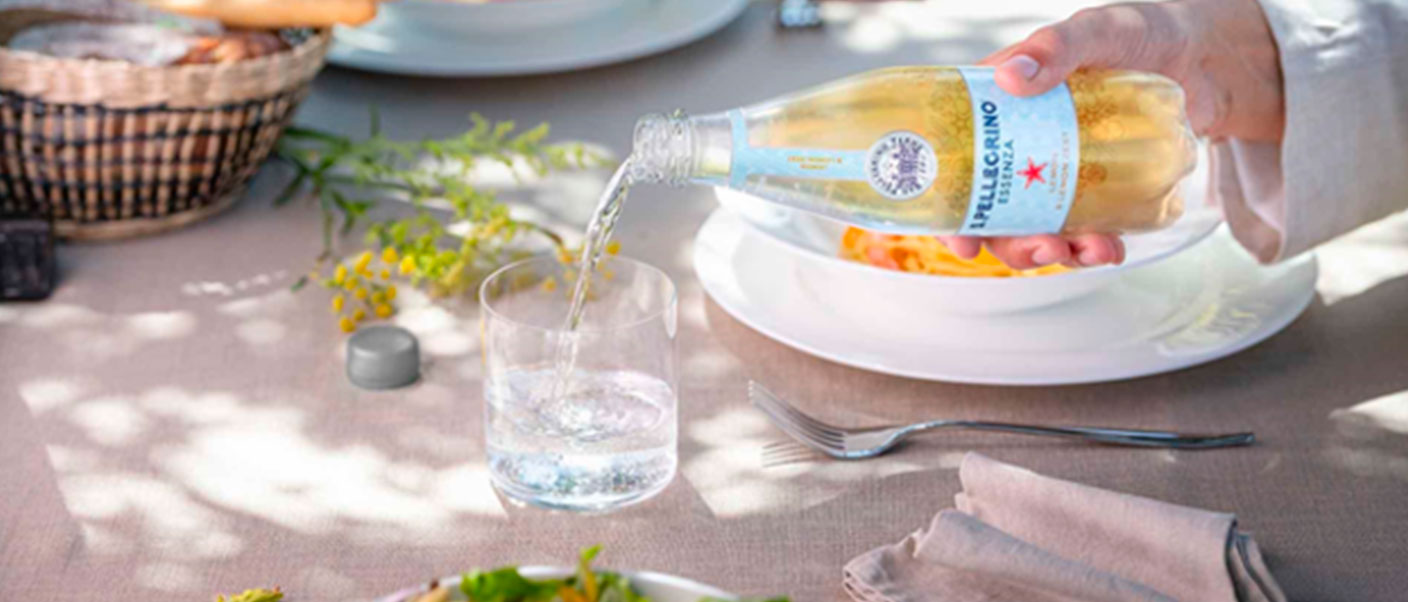
5. The soft drink giants are also manufacturing flavoured sparkling waters
Pepsi has challenged the market with Bubly, comprised of a range of 16 different flavours, and others like Schweppes, which, already an expert on product launches, has released its own line of flavoured sparkling water with eight varieties and the high level of effervescence that characterizes the brand.
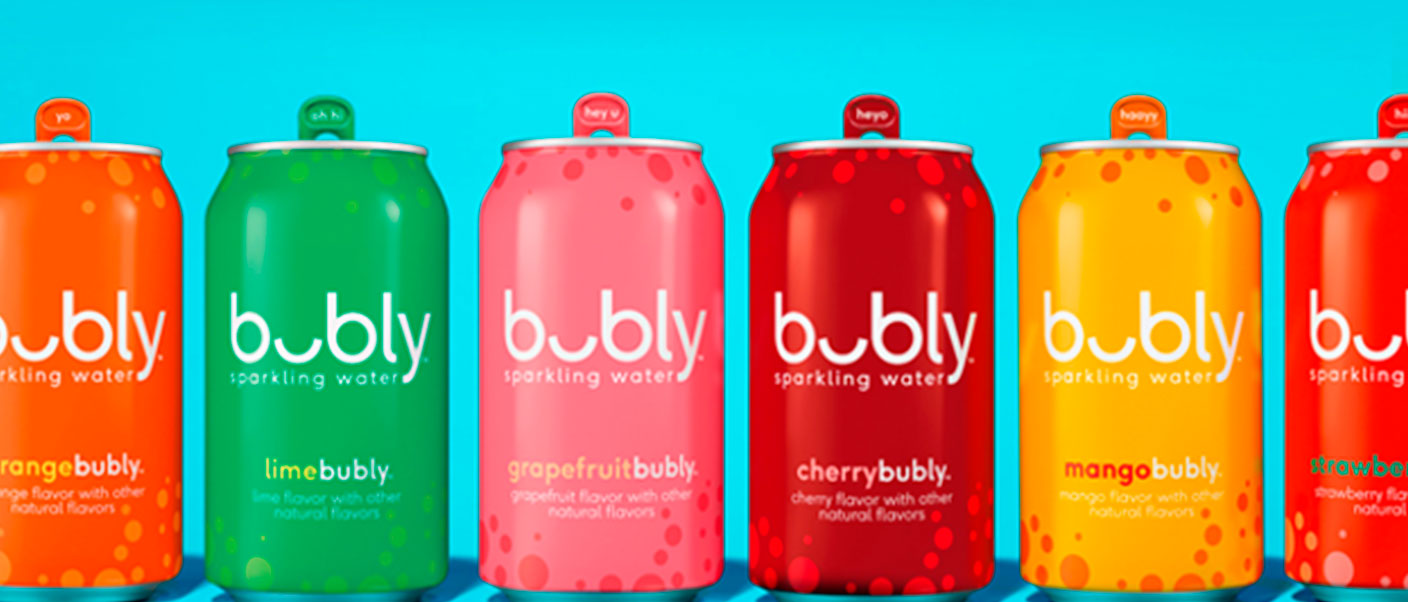

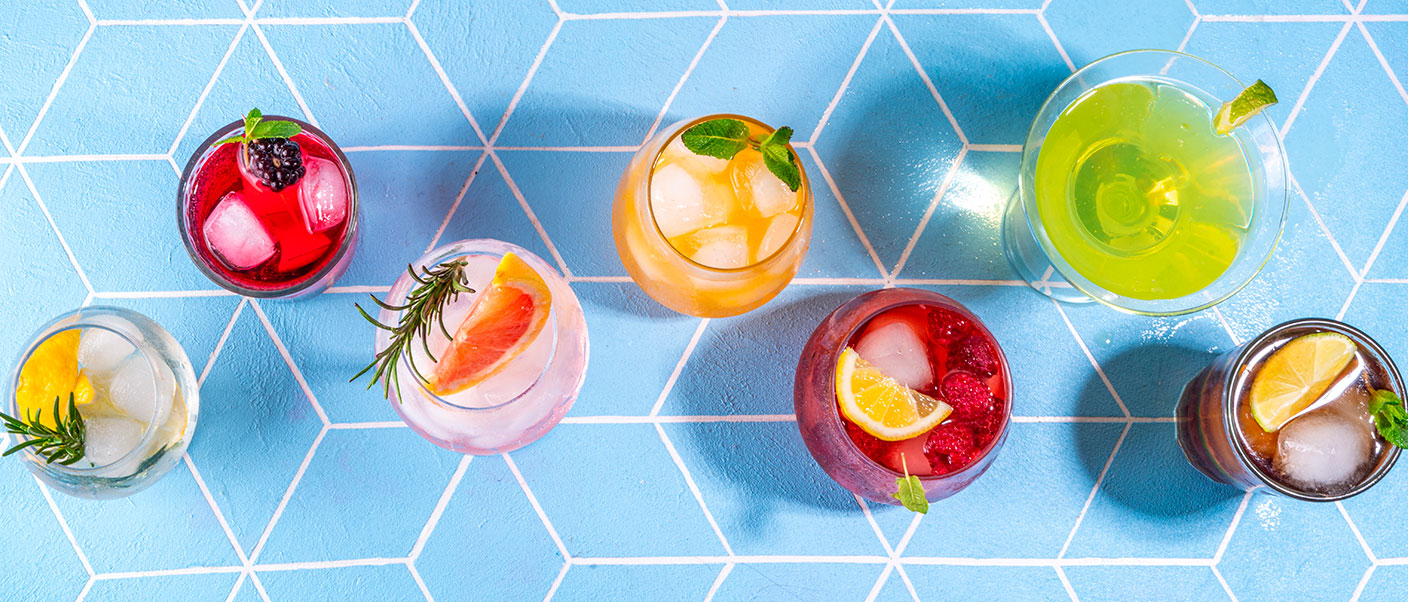




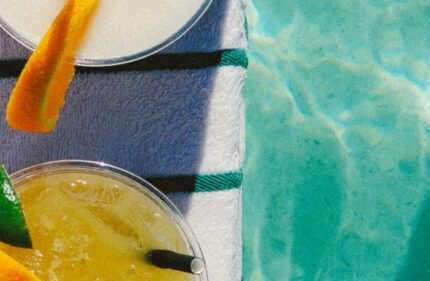
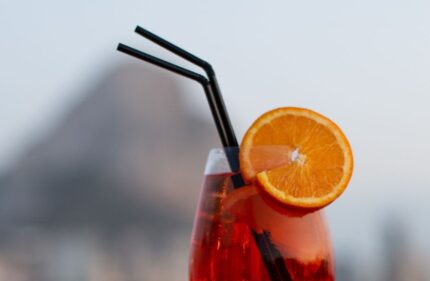

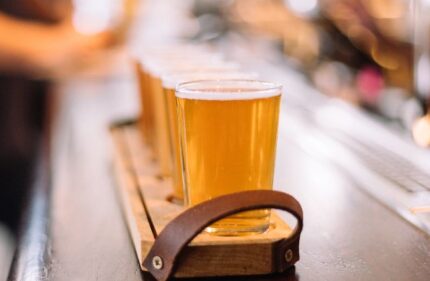
Comments